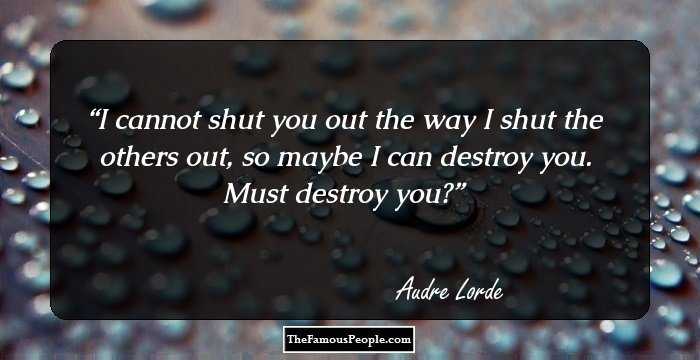


The narration, therefore, presents the female development through the process of coming of age (Giroux 286). From the first pages of the biography, I can notice Lorde’s obsessions with exploring her concerns with gender, sexuality, and femininity. I understand the reasons why the poet’s attains much importance to the role that family relations play in shaping unique relations within a community. Judging from the assumptions, deep engagement with social, religious, and domestic dimensions allows to understand the demands of the given community. In this respect, I agree with Lorde’s ideas concerning family: “I have felt the age-old triangle of mother father and child, with the “I” at its eternal core, elongate and flatten into the elegantly strong triad of grandmother, mother, and daughter…” (7).

My personal experience proves that social and family environment has a significant influence on shaping personal outlooks on society. The new image of female creativity as a black lesbian embraces the connection with “a familial and historical past, community, strength, woman-bonding, rootedness in the world, an ethic of care, and responsibility” (DiBernard 196). The author’s unconventional approach to representing female development provides me with clear understanding of how society and upbringing can influence the development of the self.


 0 kommentar(er)
0 kommentar(er)
